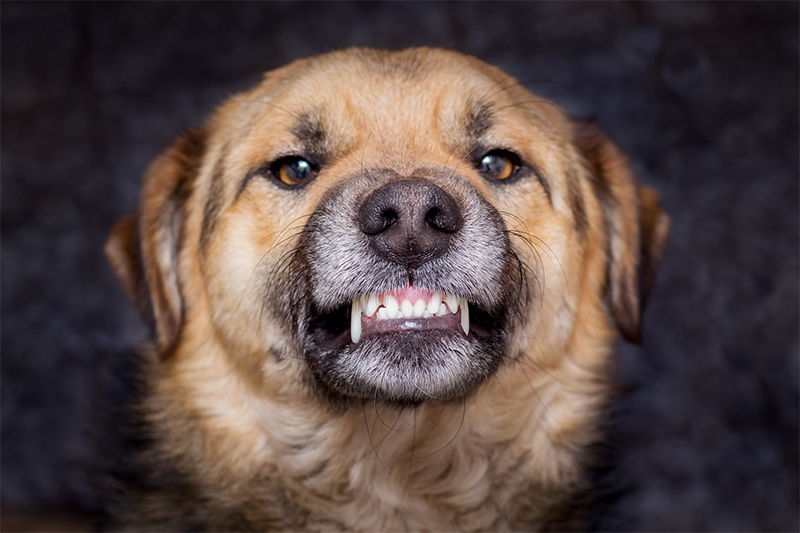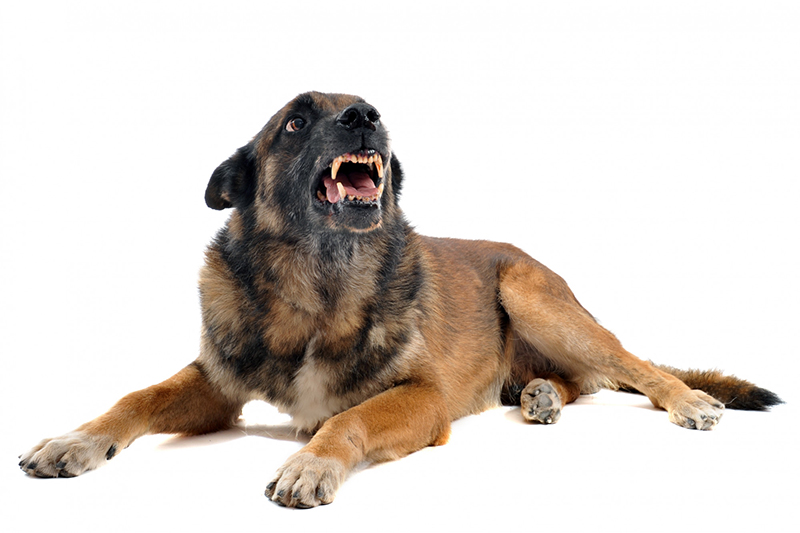Dogs are often referred to as “man’s best friend,” and for good reason. Their loyalty, companionship, and affection bring joy to millions of households around the world. Yet, even the most well-loved and cared-for dogs can display aggressive behaviors when they feel threatened, anxious, or provoked.
In this blog, we’ll explore the various undesirable behaviors and signs that dogs may exhibit when they are feeling uncomfortable, stressed, or aggressive. Understanding these signs can help you avoid situations that could lead to dog bites and ensure that your interactions with dogs are safe and positive for all parties involved.
What are Aggressive Dog Behaviors?
Dog aggression refers to the display of aggressive behavior by dogs towards humans or other animals. [1]
Aggressive Dog Behaviors

Common Aggressive Dog Behaviors
These types of aggression are warning signals and are typically displayed when a dog feels threatened, fearful, or is trying to establish dominance:
Caution Tips To Avoid Dog Bites
Whether you’re a pet owner or not, recognize the wide variety of caution signs of aggression in dogs in order to avoid dog bite injuries and ensure the safety of yourself and others.

By understanding the signs of aggression and practicing responsible behavior around dogs, we can create a safer and more harmonious coexistence between humans and our furry friends. Ultimately, our goal should be to prevent dog bites and ensure that both dogs and people can enjoy a peaceful and loving relationship.
If you or someone you love has been bitten by a dog, contact Goldberg & Loren’s dog bite lawyers for hard-hitting legal representation.
Sources:
[1] Dog aggression. (2023, August 24). Wikipedia. https://en.wikipedia.org/wiki/Dog_aggression
[2] Landsberg, G. M. (2023, October 5). Behavior Problems in Dogs. MSD Veterinary Manual. https://www.msdvetmanual.com/dog-owners/behavior-of-dogs/behavior-problems-in-dogs

